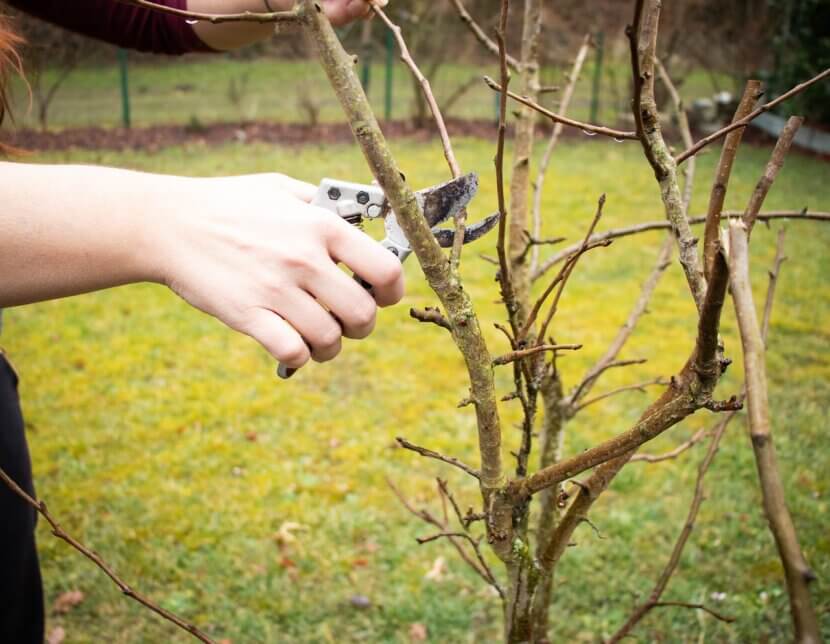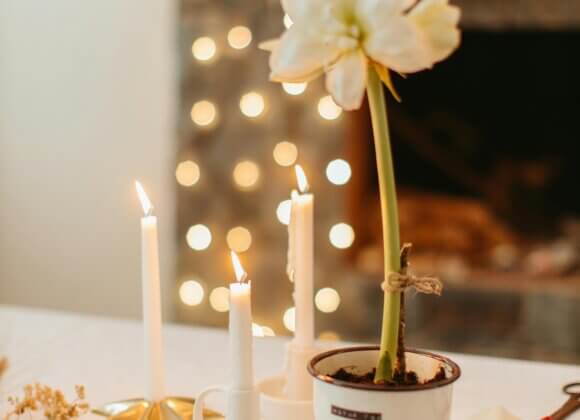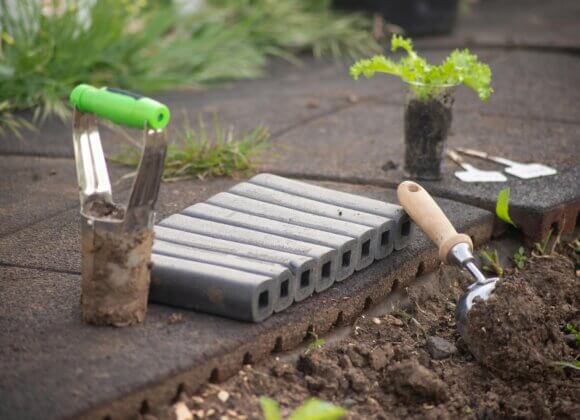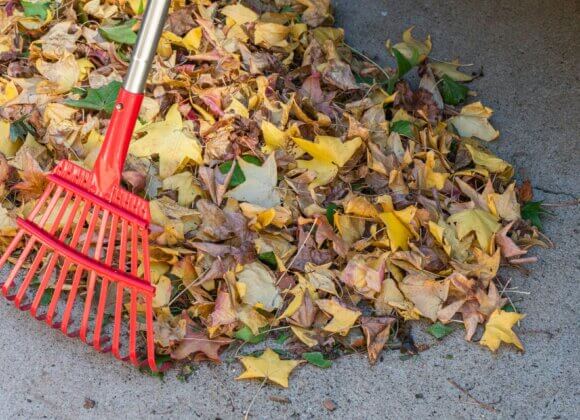Many a hobby gardener has sharpened their shears and saws to give hedges, shrubs and trees a new look.üto miss the cut. But this is not always advisable.
Autumn brings a lot of work for garden owners. Pruning hedges, shrubs and trees is often on the to-do list. However, not every type of plant is happy to be pruned now. A rule of thumb is: anything that flowers early in the spring should not be pruned in the fall. The situation is different for plants that do not flower until May. To be on the safe side, you should therefore find out more about the needs of the respective plant species before pruning. We provide an initial overview:
Hedges
Hedges that are now shedding their leaves can withstand an autumn pruning. However, if in doubt, refrain from radical pruning and only remove dead, weak or diseased branches and twigs. However, evergreen hedges such as boxwood, loquat or cherry laurel should be spared. “It’s better to prune them in spring to avoid frost damage to the cuts,” advises Katja Batakovic from “Natur im Garten”.
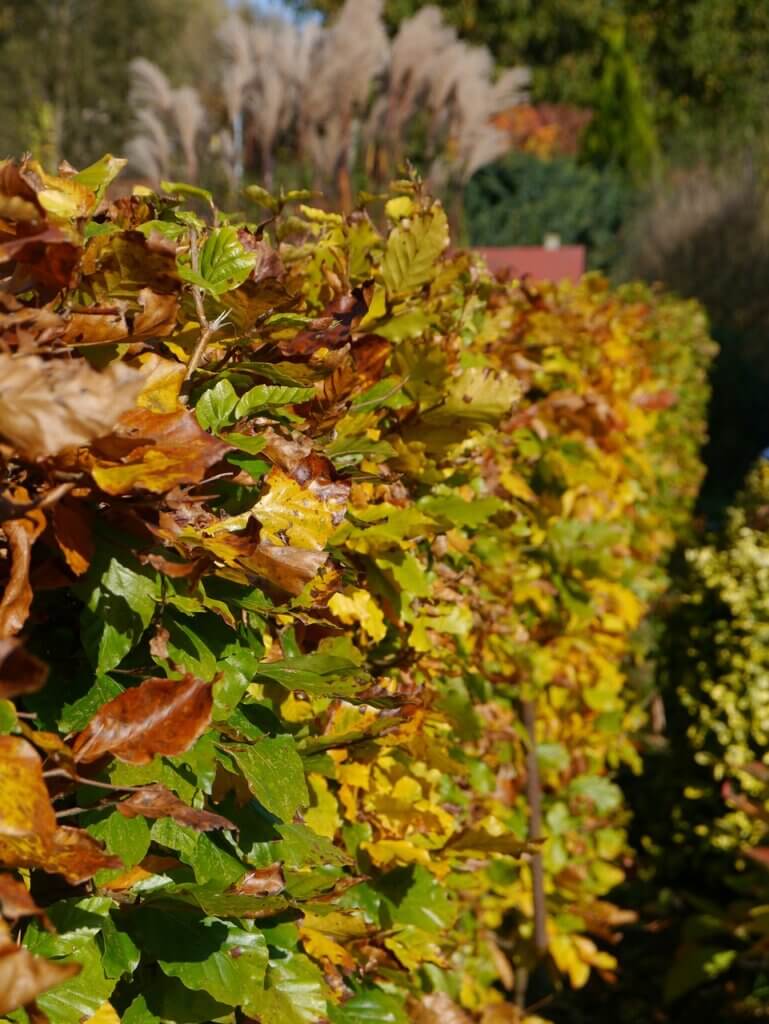
Fruit trees
Restraint is also the motto when pruning fruit trees. “Only dead or diseased branches should be removed,” says Batakovic. The ideal time for winter pruning of pome fruit such as apples and pears is usually February. Pruning is only carried out on frost-free days. “Stone fruit such as cherries and apricots are better pruned in summer, directly after the harvest,” says the expert.
Roses & hydrangeas
In the past, many roses were pruned in the fall. Batakovic also advises against this – the canes should only be pruned after the frost. “If roses are cut back hard now, heavy frost in winter can damage the plants,” says the expert. The same applies to hydrangeas. “Large shrub hydrangeas can be tied together a little so that they don’t sink to the ground under the weight of snow,” says Batakovic, who points out that dead or diseased shoots can also be removed from both types of plant in the fall.
Grasses & perennials
Both can be pruned in the fall. However, as both grasses and perennials serve as winter habitats for many insects, it is advisable to wait until spring before pruning. In addition, faded perennials can also be visually appealing in winter. “To protect grasses from the snow load, they can be tied together like the hydrangeas mentioned above,” says Batakovic. However, in the case of species that seed intensively, such as autumn asters, the seed heads can be cut off to prevent unwanted growth.
The three types of cut
There are basically three different types of pruning: In addition to thinning pruning, these are rejuvenation and topiary pruning. The former usually involves removing dead and unwanted branches, while the latter is much more radical. Shaping pruning prevents hedges and ornamental shrubs from growing wild and aims to achieve precise lines and appearances.
…and two more tips
If you are planning pruning work, it should not be carried out in frosty weather and only in dry weather. The tools should not only be clean, but also sharp to avoid injuring the plant. When pruning diseased plant parts, the tool should always be disinfected to prevent transmission to healthy plants.
Related posts:
What you should do in the garden now


